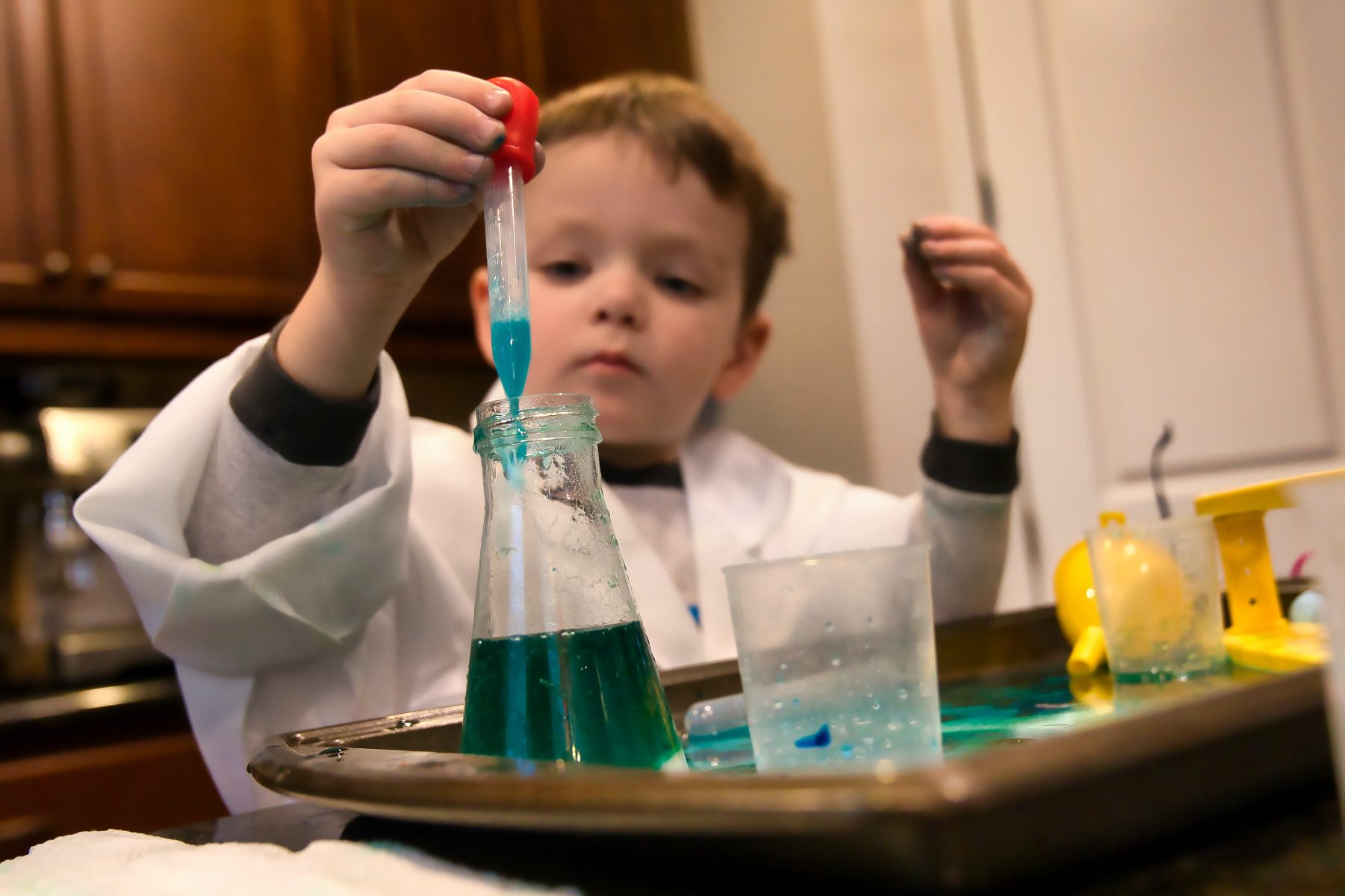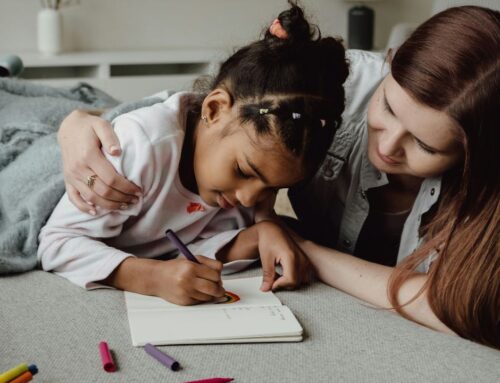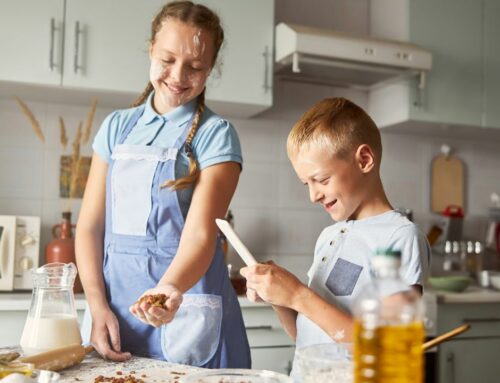Learning science is a way for kids to unveil the many mysteries of our world! When science is a hands-on experience, kids interact with materials and technology, witness cause-and-effect relationships, understand things they can’t see, and gain a sense of wonder.
“When I work with learners who are exploring science by doing a project or through an experiment, it brings so much excitement,” says HomeLearners Network (HLN) Guide, Tristan. “Learning should be exciting. I am not one of those people who prescribes to the idea that not everything is supposed to be fun. Everything should be fun.”
Tristan became a teacher in 2015 and has worked in various settings, including brick-and-mortar high schools, elementary schools and French immersion. She joined HLN as a Guide because she loves teaching that caters to kids’ interests. “There’s so much joy that comes from learning new things, and finding that joy should be straightforward,” she says.
We sat down with Tristan to discuss some of her favourite reasons hands-on science is fantastic for your kids.
#1. Encourages problem-solving, curiosity, and innovation
When kids test out scientific theories or witness scientific phenomena first-hand, they learn to be keen observers and may discover surprising outcomes!
“That’s when kids come up with amazing questions and start trying new approaches that deepen their understanding,” says Tristan. “Where learning is guided through learner-driven topics and questions, scientific reasoning and curiosity comes naturally.”
#2. Builds fine motor skills
Many scientific experiments require calculated movements. Whether using tweezers, measuring liquids into a pipette, or brushing dust off of a cool rock sample, scientific explorations test fine motor skills.
“The small muscles of our hands are some of the most well-used in our body,” says Tristan. “We expect them to be controlled so we can perform the precise movements involved in writing letters, cutting paper, or drawing that perfect unicorn. Scientific exploration is a great opportunity for kids to practice these movements and make them stronger!”
#3. Enhances memory and retention of learning
Conducting experiments and project-based learning are great for getting multiple senses working together at the same time! Multi-sensory learning increases retention and encourages learners to make deep connections as they revisit topics later.
“Our brains love multi-sensory learning. They absolutely light up under an MRI (magnetic resonance imaging) when more than one sense is engaged,” says Tristan. “When kids get to build and experiment, multi-sensory learning shines!”
#4. Builds executive functioning skills
One of the great things about science is that you don’t always get it right on the first try. Trying, failing, and trying again from a new perspective is one of the foundations of science. Each attempt at understanding phenomena or replicating a theory takes planning and organization; understandably, it can be disappointing when a project goes differently than expected.
“Learners doing hands-on science use all six executive functions – emotion, activation, action, focus, memory and effort,” says Tristan. “When a project doesn’t go as expected, learners practice emotional regulation and sustained effort. These are executive functions and emotional regulation skills they need to support them growing into humans who feel confident in their abilities.”
#5. It’s just plain fun!
“What seems more interesting to a fourth grader – reading about inclined planes and potential energy from a textbook or building paper roller coasters to see these theories in action?” says Tristan.
Capitalizing on kids’ natural desires to play and create makes science enjoyable and engaging. “Science lends itself to play so beautifully, but it can be hard to keep that joyful momentum going as they move up the grades. Hands-on learning encourages that love of science and increases the chance a learner will continue learning about it in later years.”
Coming August 8 and 22: The Science of Cats with Tristan!
If your kids are between the ages of 9 and 12, HomeLearners Network’s Science for Cats is the perfect hands-on activity for them to learn about heredity and genetics!
They’ll use M&Ms and fun games to explore how dominant and recessive genes impact how cats look. They’ll even learn about glow-in-the-dark cats and how heat sensitivity in Siamese kitties determines their markings.
“Genetics is such a cool branch of science,” says Tristan, as she reflects on it being the first science topic that interested her. “Kids will learn how genes are responsible for cat colours, sizes, and markings and spend time building a cat family tree.”







